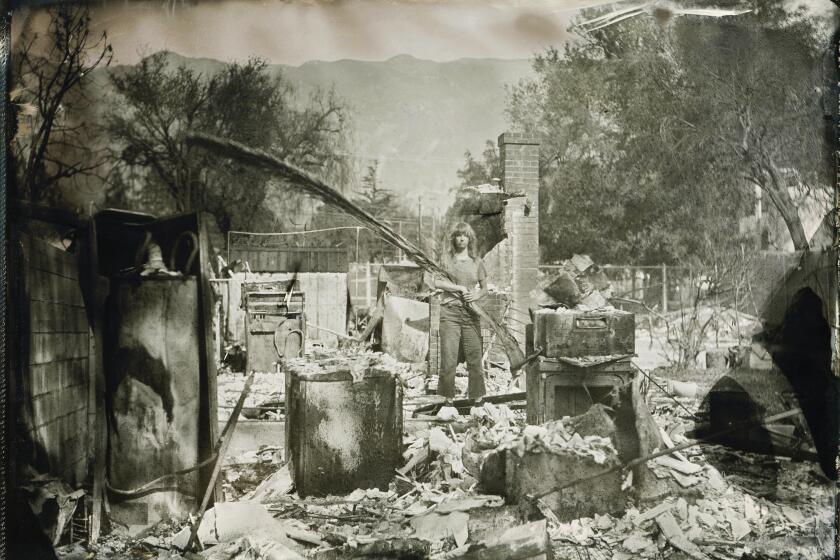Requiring Gas Valves a Good Turn
- Share via
There are dozens of seemingly sound reasons not to require installation of gas shut-off valves designed to protect against fires following an earthquake. They’re expensive. They’re a hassle to put in. Plus, only about half of the 51 gas-related fires after the Northridge earthquake would have been prevented by the valves. That said, though, the Los Angeles City Council took the right step earlier this month when it required installation of the valves after homes or condos change owners.
The reason: In the right kind of windy conditions, an earthquake in Southern California could spark urban fires that would cause nearly three times the damage of the Northridge temblor. According to one study, fire losses alone could reach $70 billion--compared to the $40 billion in total damage caused by the 1994 quake. With the prospect of that kind of catastrophic loss, the $350 or so it costs to buy and install a shut-off valve doesn’t seem quite so onerous.
Already, shut-off valves must be installed in new buildings and in any existing apartment or commercial buildings that undergo more than $10,000 in renovations. The valves cut off the flow of gas during the kind of violent shaking that occurs in a magnitude 5 or greater earthquake. Most can be reset with a screwdriver or a coin.
Making the valves mandatory on existing homes was the idea of Councilman Hal Bernson, who was inspired by the devastating fires that consumed Kobe, Japan, in 1995. But it was a hard sell to some of his council colleagues, who complained that the installation costs were prohibitive for poor families. Realtors had the temerity to suggest that home sales would slow down if the valves were made mandatory.
Both arguments fall flat. Valves must only be installed on homes that change hands. New owners have a year from the close of escrow to comply. With median home prices in the San Fernando Valley at nearly $170,000, we doubt strongly that homeowners will be unwilling to spend another $350 to protect their biggest investment--regardless of income, the price of safety is relatively small. And home sales are the strongest since the late 1980s, with prices up nearly 10% over last year. Another $350 won’t kill many sales. City officials estimate the new ordinance affects about 10,000 buildings a year, so it will take decades to outfit the entire city.
Living in quake country comes with certain risks. Outfitting a home with a gas shut-off valve helps to minimize those risks. Yes, it’s one more hassle to deal with as a homeowner. Yes, it’s expensive. But it’s one of those devices--like automobile air bags or smoke detectors--that one never hopes to use, that are only missed when they’re needed.
More to Read
Sign up for Essential California
The most important California stories and recommendations in your inbox every morning.
You may occasionally receive promotional content from the Los Angeles Times.










